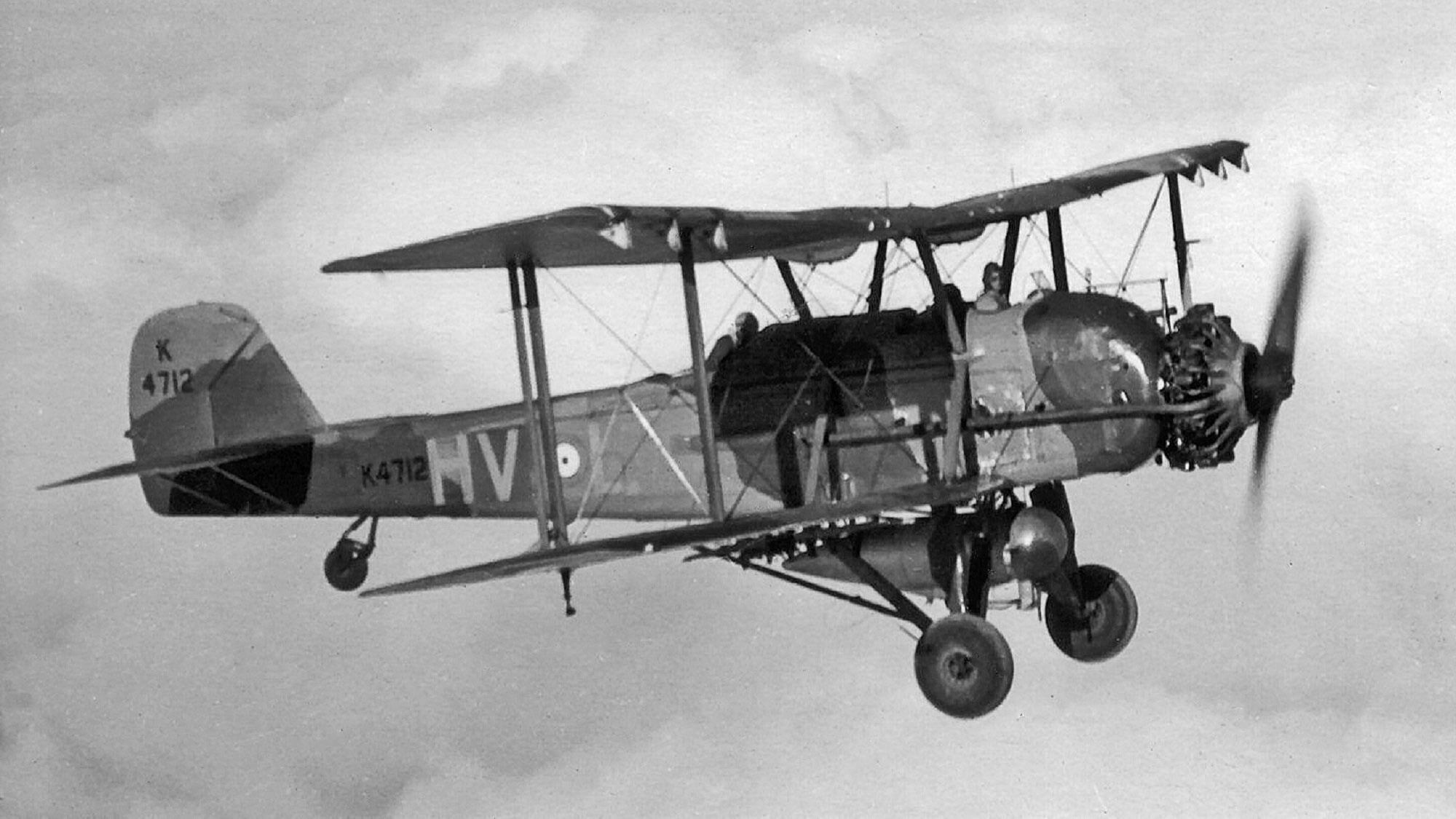Vickers Vildebeest in British Service
First flying in 1928, the Vickers Vildebeest was a large single engined bomber and torpedo bomber designed for the Royal Air Force. Two RAF squadrons (No. 36 an 100) still operated Vildebeest when Japan attacked in December 1941. They suffered heavy losses while attacking Japanese naval forces.
The Royal New Zealand Air Force operated the Vildebeest for coastal patrols and later for training.
Spain purchased a license to produce 25 Vildebeest for the Spanish Navy. Around 20 fought in the Spanish Civil War for the Republicans.
Developed from the Vickers Vildebeest the Vincent was a general purpose aircraft operated by the Royal Air Force. A total of 197 were delivered, either new-built or converted from Vildebeest.
While the Vincent had started to be replaced by more modern aircraft such as the Vickers Wellesley and Bristol Blenheim bombers, 84 remained in service with the RAF on the outbreak of the Second World War. Vincents were used for bombing missions against Italian forces in the East African Campaign and for coastal patrols from Aden, one attacking the Italian submarine Galileo Galilei. Other Vincents bombed Iraqi forces during the Anglo-Iraqi War of 1941. The last frontline Vincents retired in January 1943, with the type continuing in second line service (which included pesticide spraying against locusts in Iran) until 1944.
Photographs
- Prototypes
- Floatplane Version
- Vickers Vildebeest Mk.I
- Vickers Vildebeest Mk.II
- Vickers Vildebeest Mk.III
- Vickers Vildebeest Mk.IV
- Vickers Vincent
- Vickers Vildebeest in New Zealand Service
- Vickers Vincent in New Zealand Service
- Vickers Vildebeest in Spanish Service
Prototypes







Vickers Vildebeest Floatplane







Vickers Vildebeest Mk.I







Vickers Vildebeest Mk.II






Vickers Vildebeest Mk.III










Vickers Vildebeest Mk.IV








